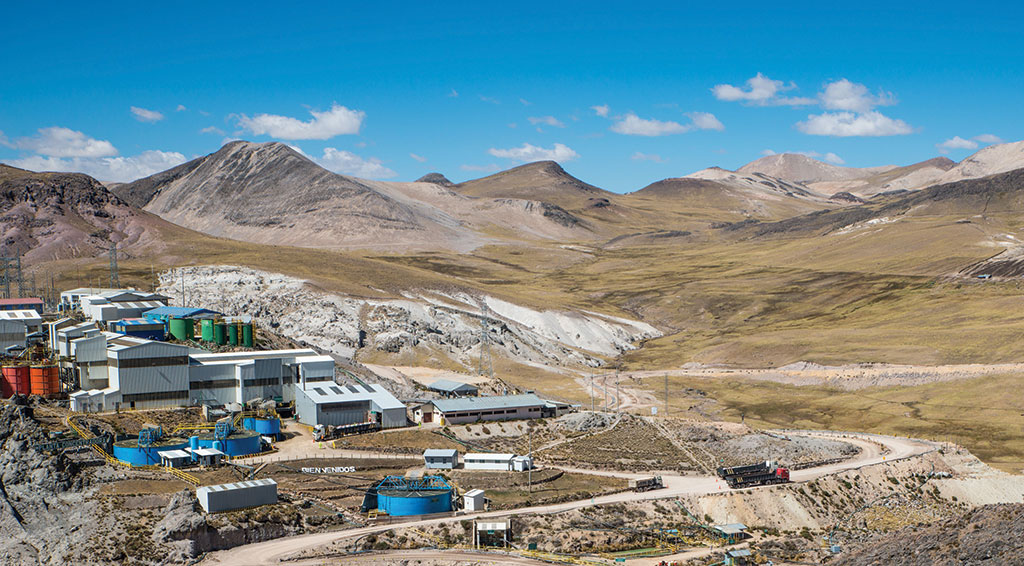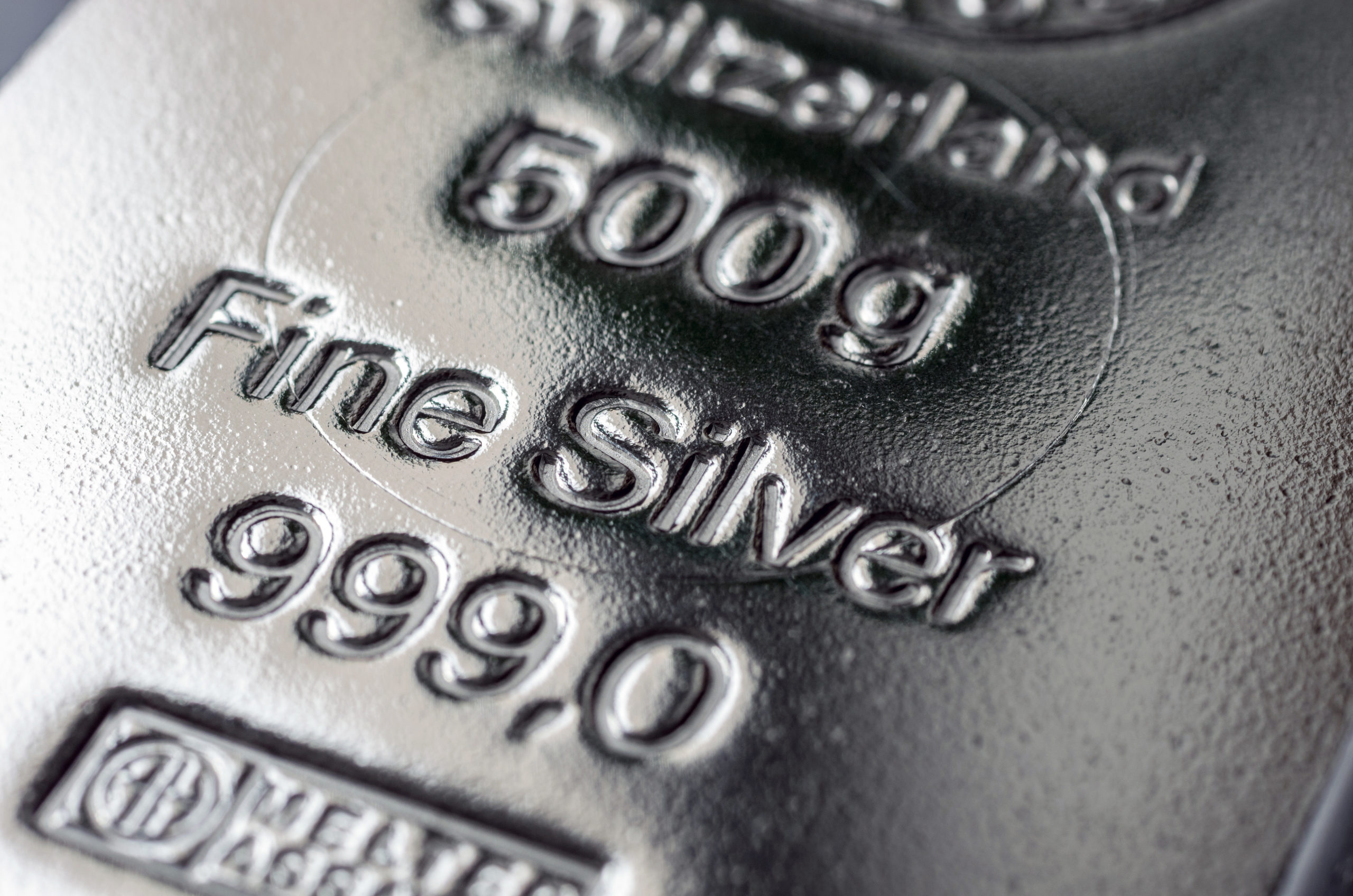Palladium rally may mean auto catalytic converter price hikes coming

NEW YORK, Feb 5 (Reuters) – With the price of palladium spiking to a record high last month, the effects could be felt in the automotive industry as manufacturers of catalytic converters consider raising their prices and may change the mix of metals in their products.
Increased automotive industry demand and a supply shortage boosted the price of palladium, the principal metal used in auto catalyst converters, to an all-time high of $1,138.00 on Jan. 15, according to records dating back to 1990.
Spot palladium was down 1.2 percent at $1,034.20 per ounce on Monday, off a three-week low.
Automotive industry and precious metals analysts say the hike in catalytic converter prices will likely hit the secondary aftermarket first – the manufacturers of the units and repair shops that replace them in used vehicles, rather than auto manufacturers.
“Most likely, we will have to adjust the price for the change in the metal price,” said Sam Lee of San Jose-based Millercat, which manufacturers converters and primarily services California. “We don’t want to raise the price, and we’re willing to wait it out if we can.”
Company executives anticipated a price increase in early 2017, so they began hedging palladium futures contracts, Lee said, but the hedges expired in July.
“We will give our customers a heads-up notice two to three months in advance if we choose to raise prices,” Lee said.
A manager for a leading provider of catalytic converters for the automotive aftermarket said his company would raise its prices this year. The manager declined to be identified for competitive reasons.
The company’s most recent palladium hedge expired. It had hedged when palladium was around $700 in April 2017.
“If pricing pressure stays too high for too long, we have to pass that along to the customer,” the manager said, adding that the company could raise converter prices between 5 percent and 10 percent, but was unlikely to do so for a couple of months.
Another manufacturer, Oceanside, California-based Magnaflow, has monthly cost-cutting conversations. But it does not currently plan to increase the cost of its converters to absorb the price increase, beyond what Richard Waitas, a senior manager, describes as “annual price increases impacted by market pricing and inflation.”
“We do a great deal of financial hedging in the market to make sure we have the quantities we need,” Waitas said. “We’re better riding it out to see if it’s just a modest price increase.”
All three companies are researching new technologies to decrease their platinum group metals usage in converters altogether.
Palladium became more expensive than platinum in September for the first time since 2001 as demand expectations for the two assets diverged.
Demand increased throughout the United States and the Caribbean during the latter part of 2017 as consumers replaced vehicles damaged during a series of hurricanes, earthquakes and wildfires. Auto sales rose in China, boosting palladium prices even more.
Though automakers primarily use platinum and palladium in catalytic converters, platinum is more heavily used in diesel vehicles, which have fallen out of favor since Volkswagen AG’s emissions-rigging scandal in 2015.
Palladium also benefits from expectations for growth in hybrid electric vehicles, which are typically gasoline-powered.
“The deficit situation likely won’t go away anytime soon,” said Shree Kargutkar, portfolio manager at Sprott Asset Management.
“Existing mines aren’t able to ramp up production to meet demand. Above-ground stockpiles, which are used to plug the supply-demand gap, are quite likely gone by now.”
Russia, South Africa, and Canada are the top palladium producers, with South Africa and Russia together accounting for roughly 75 percent of annual palladium production, Kargutkar said.
Though the palladium rally seems to have lost steam, the precious metal could still reach $1,200 per ounce, CPM Group’s Yvonne Li said. “While some investor profit-taking may see palladium come off slightly in the near term, prices are expected to be well supported by seasonal price strength in the precious metals complex in the first quarter,” Li said. But prices could drop, Li added. “With investors’ gross longs in palladium currently at historical highs and their gross shorts at relatively low levels, prices could come off sharply and quickly, possibly to $980, if the tightness on the NYMEX starts to ease in a consistent way.”
(Reporting by Renita D. Young in New York; Editing by Jeffrey Benkoe)
More News
Triple Flag acquires streams on Peruvian mines for $35M
Collectively, the Arcata and Azuca mines are expected to have at least a 10-year mine life.
March 05, 2025 | 10:05 am
Silver price extends advance on weaker dollar and trade war worries
Silver gained as much as 1.2%, rising for a third day.
March 05, 2025 | 08:20 am
{{ commodity.name }}
{{ post.title }}
{{ post.excerpt }}
{{ post.date }}



Comments